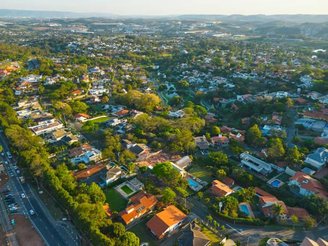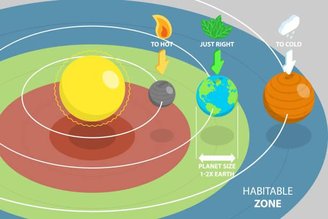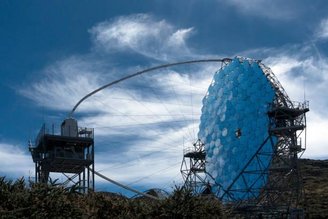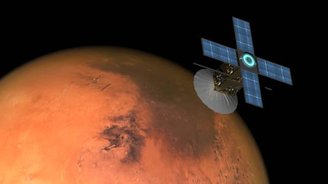There may even be a great talk about the search for eternal life outside our planet, but the search for habitable exoplanets, perhaps even satellites of other worlds, is a serious field and uses the latest resources in its cosmic struggle.
To date, there are 5,660 confirmed exoplanets in December 2024. But besides the “authorities” there are other determinations waiting for the moment of recognition.
And in these thousands of worlds, no other place has ever been found like our home planet, which is invaluable because it is the only grain of cosmic sand that supports life. So what determines whether a planet is habitable?and more, how is it possible to “measure” these habitability requirements? Check this out.
Planet change checklist
Let’s say you got a promotion at work and need to find a new home to get 2025 off to a good start. However, in addition to moving house, you will also have to change countries. Because of the distance, you will use some remote means to be able to “visit” your new home.
Using the internet, you will check whether the house has a water and sewer system, whether there is a supermarket nearby, its distance from work, and of course whether there are people in the neighborhood. The search for habitable exoplanets follows much the same logic, but with greater challenges related to distances and neighborhood characteristics..
For example, one factor to consider is whether the planet in question has rock formations and an atmosphere.

Of course, we can point to Venus as a good example of a planet that meets both requirements but is completely unsuitable for supporting life. Earth’s “evil twin” has a dense, toxic atmosphere and a heart of stone. Therefore a few more items are needed.
The exoplanet also needs to be in an optimal region. In astrobiology, the branch of astronomy that studies the habitability of planets and the search for life on other worlds, It highlights this location as the “Habitable Zone”, characterized by the distance between the planet and the star in its system.
This planetary zonation is necessary so that the “brave new world” candidate can contain liquid water, be less affected by geomagnetic storms, and be less affected by radiation, which must have minimum and maximum limits to ignite and sustain biological processes. controlling a certain stability in the climate.

And of course there needs to be CHONPS too, given the patterns of life we know here on our little planet. These letters represent main components of life: carbon, hydrogen, oxygen, nitrogen, phosphorus and sulfur.
But how can we find out whether such distant worlds complete our list of needs?
measuring the (almost) immeasurable
To know whether an exoplanet is habitable, we observe its behavior through telescopes. When we think of this type of equipment, perhaps the image of binoculars comes to our mind. However, they can be much more than just “seeing” equipment.
Telescopes can be large mirrors and domes that capture different types of radiation and show the astronomer what elements may be present in that object.
Different elements emit radiation signals at different wavelengths. providing insight into the components of each planet studied..

However, it is still not possible to tell exactly what exists in these worlds based on the basic trace alone. Astrobiology discusses the need to develop equipment with lenses that can alternately capture polarized light.
Very dense atmospheres, such as Venus’s, for example, block all light from the Sun from passing through the cloud of gas and dust, so much of what can be reflected is limited by this barrier. With “special” lenses, this reflected light can be better captured, providing higher quality for observation.
However, in addition to searches using ground-based telescopes, there are also interplanetary probes, space equipment such as the James Webb Telescope, Hubble, and Habitable Worlds, which are specialized equipment for such searches in the near future. Observatory (HWO), planned to be built in the 2040s.

But ultimately all this is still very limited. What is habitable for us will not necessarily be habitable for other life forms.. If you are a teenager or living with someone who is a teenager, you know that the bedroom, that sacred corner of rebellion, can only be experienced by the person who lives there.
Another paradigm shift is the search for potential “Earths” that are not ready like ours and can reach the potential for life. That’s why we’re looking for more basic components like CHONPS in habitable areas.
Planetary habitability is still a very complex issue and full of limitations; this is a great opportunity for new discoveries and trips in search of new ways of life; perhaps much more primitive or much more complex, capable of withstanding extreme conditions as before. on Earth.
Until then, we will continue to look at the sky and search. But if you want to know if we have any promising candidates, check out Earth 2.0. Wishing you a 2025 full of incredible discoveries!
Source: Tec Mundo
I’m Blaine Morgan, an experienced journalist and writer with over 8 years of experience in the tech industry. My expertise lies in writing about technology news and trends, covering everything from cutting-edge gadgets to emerging software developments. I’ve written for several leading publications including Gadget Onus where I am an author.













